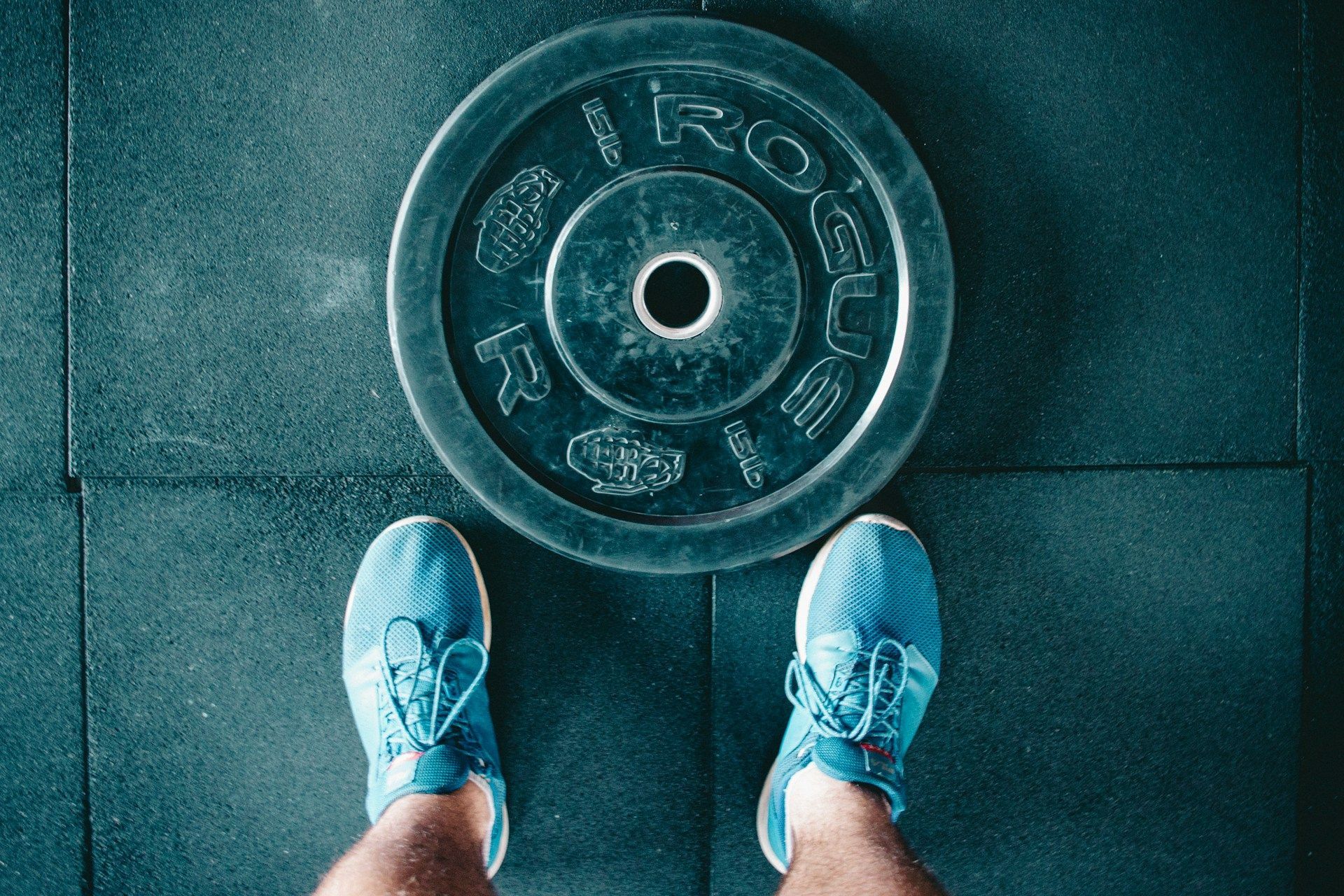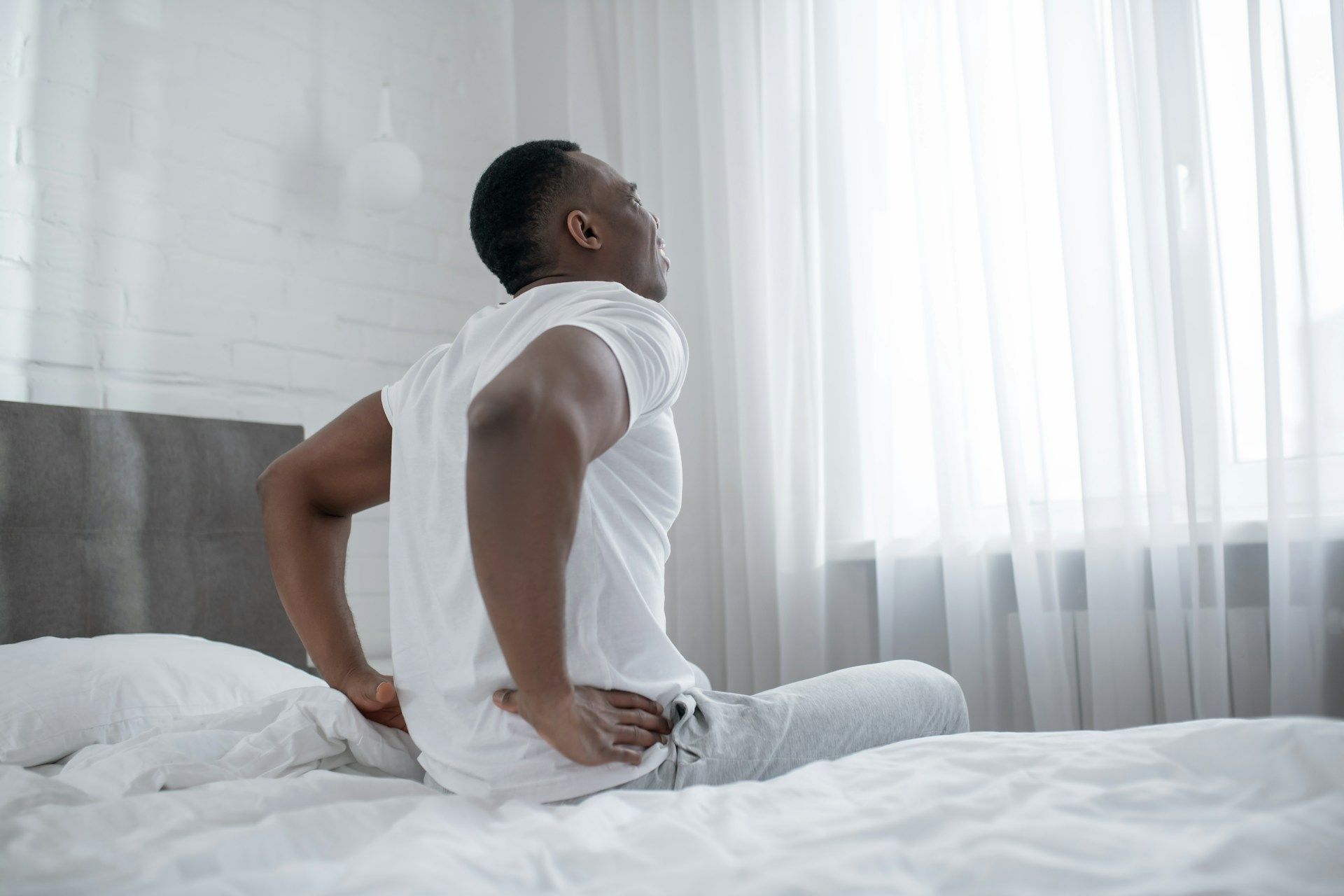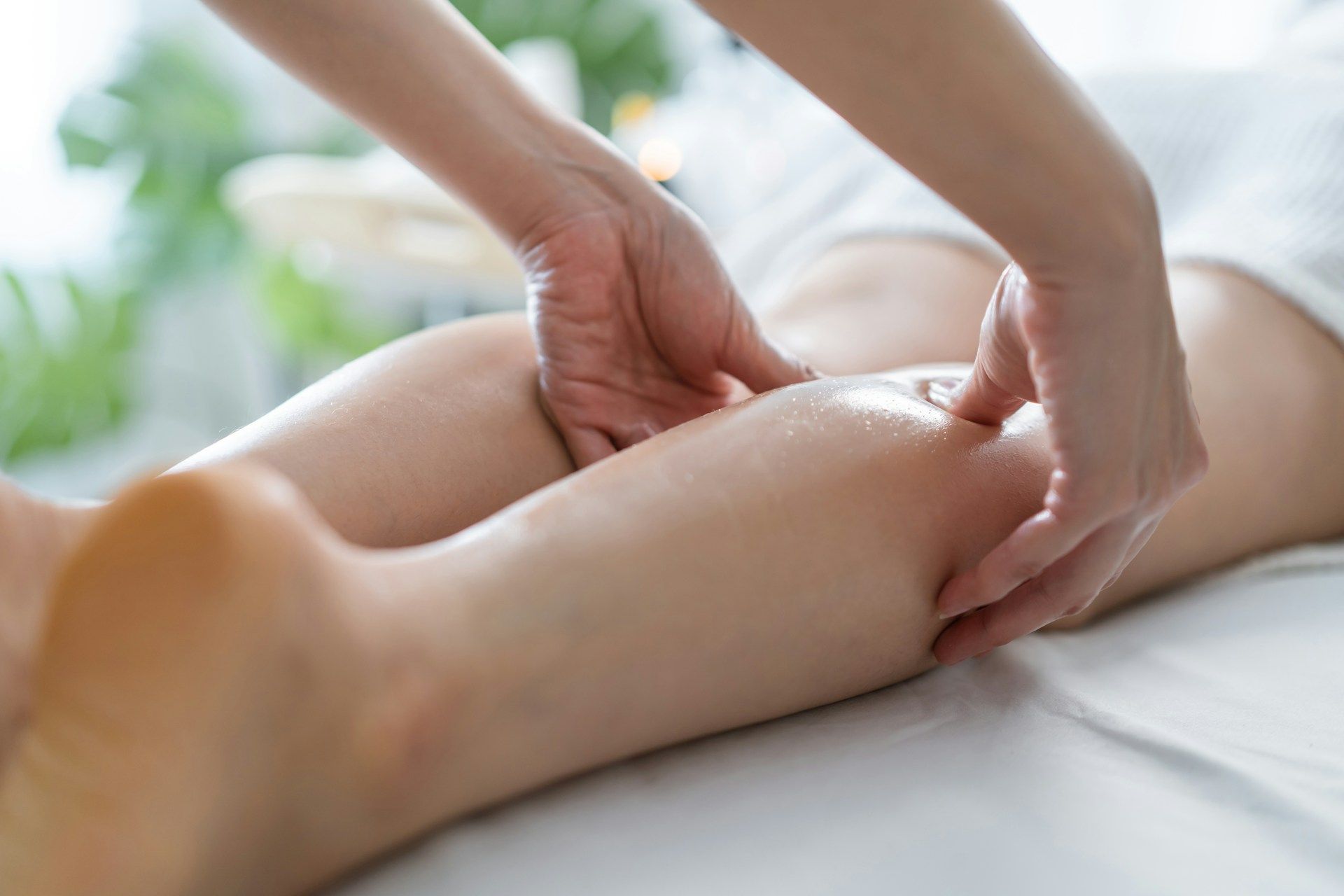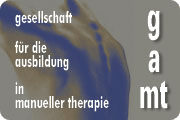Deep Tissue Massage Benefits for Muscle Recovery
Deep tissue massage is one of those therapies people often hear about but don’t always fully understand. The name might sound a bit intense, but it’s really just a hands-on way to ease tight muscles and help the body recover after physical strain. It’s been growing in popularity, especially for those who deal with regular exercise, manual labour, or long hours at a desk. Whether you're an athlete, a weekend hiker, or simply dealing with nagging soreness, this type of massage can support the body's natural healing process.
Late summer in Zürich can be a time when people become more active again after the holidays. Longer daylight hours often encourage more outdoor activity, which can sometimes lead to muscle fatigue or tension. For locals in Oerlikon, where physical wellness is becoming more of a daily priority, a massage that targets deeper layers of muscle tissue might be just what the body needs to bounce back. Deep tissue massage focuses on recovery, not just relaxation, making it practical for people who want to feel less stiff and more mobile.
Understanding Deep Tissue Massage
At its core, deep tissue massage is about reaching deeper layers of muscles, tendons, and connective tissue. It’s slower and more focused than a classic massage. Instead of sweeping, light movements that cover the whole body, this method uses more pressure, often concentrated on one specific area that feels tight or sore. The goal is to break up what feels locked or stuck, giving the muscle space to rest and repair.
A good way to think about it is by comparing it to untangling a knot in a string. The knot doesn’t disappear with a quick tug but with patience and steady effort, it starts to loosen. That’s what deep tissue massage does. The therapist follows the muscle lines and slowly works through them, sometimes using fingers, thumbs, or elbows to apply pressure. It’s not about forcing change. It’s about giving the body a nudge to let go of built-up stress and tension.
This type of massage isn’t just about pushing hard though. It relies on understanding how the body moves and how muscles are layered. That’s why the pressure may feel firm but never sharp or random. The idea is to create space for blood flow and loosen tight fibres in a way that helps the body relax and reset.
It can work well for anyone with muscle imbalance from repetitive movements or those carrying stress in places like the shoulders or lower back. For example, if someone spends long hours working from a café in Oerlikon hunched over a laptop, tightness across the upper back and neck may start to build. A deep tissue session focused on those areas can support recovery so movement feels easier again.
Benefits Of Deep Tissue Massage For Muscle Recovery
When muscles feel sore, tight, or fatigued, deep tissue massage can support the recovery process in a direct and simple way. It works by encouraging the body’s natural patterns to return to a more comfortable state. The benefits can show up both in how the body feels and how well it moves afterwards.
Here are a few key ways deep tissue massage supports muscle recovery:
- Loosens tense muscles
Focused pressure gets into layers of muscle where tension has built up. This helps release knots and reduce soreness, especially in spots that feel like they’re constantly in spasm or ache after activity.
- Boosts circulation
When tight muscles are worked properly, blood flow improves in the area. That means more oxygen and nutrients reach tissues that need repair. A better flow means muscles are more likely to recover comfortably.
- Eases pain from repetitive strain
Movements repeated too often, like typing, lifting or cycling, can put stress on certain muscle groups. Deep tissue massage helps undo that strain by working through those tight zones with care.
- Supports better post-exercise healing
After a long hike, bike ride, or football match, muscles may feel stiff and overused. A deep tissue massage can help reduce delayed soreness so the next day doesn’t feel like such a struggle.
- Improves muscle awareness
Getting regular deep tissue work can help a person tune into their body. Patterns of tightness or imbalance become more noticeable over time. That kind of awareness helps prevent pain before it develops.
Each of these outcomes feeds into a bigger goal: helping the body stay mobile and comfortable without pushing through discomfort. For people who walk, train, or work around Oerlikon, this kind of massage supports an active routine without feeling like recovery has to get in the way.
When To Consider Deep Tissue Massage
Some people wait until pain gets in the way of their daily life before thinking about massage. Others book sessions more regularly, especially if they have an active lifestyle or work that’s physically demanding. Deep tissue massage isn't just for athletes or those recovering from injuries. The right time to consider it depends on how your body feels day to day.
Here are some common times when it could be helpful:
- After intense physical activity
Whether it’s a gym class, a long run along the Zürich lakefront, or a weekend cycling trip, muscle soreness can make everyday tasks feel harder. A session afterwards can help reduce that tight or heavy feeling in the muscles.
- During periods of chronic tension
People who carry stress in their neck, shoulders, or back may develop deep-seated muscle tightness. That kind of tension doesn’t always ease with rest. Deep tissue massage works on those deeper layers where tightness tends to linger.
- If recovery feels slower than usual
Sometimes muscles don’t bounce back like they used to. This could be due to repeated use, minor strain, or simply sluggish circulation. A massage session might help the recovery process along again.
- When posture starts to slip
Slouching, leaning into screens, or uneven sitting positions can put strain on different muscle groups. Over time, this discomfort shows up in the shoulders, neck, or lower back. Loosening those muscles can bring back better posture and easier movement.
- If sleep keeps getting interrupted by discomfort
Tight muscles can make it tricky to rest properly at night. A relaxed body is easier to settle, and massage can help shift out of that tense state so rest comes more naturally.
Being able to move freely makes day-to-day life better. When aches become frequent or start affecting how well you function, that’s a clear sign it may be time to look a bit deeper into what’s going on under the surface.
Tips For Getting The Most Out Of Your Deep Tissue Massage
It’s easy enough to book a massage and turn up, but a few simple steps before and after your session can make a big difference. Preparing your body and helping it recover well afterwards makes your efforts more worthwhile.
Here’s what to keep in mind:
1. Stay hydrated
Water supports circulation and helps flush out waste the body may release during the session. Try to drink both before and after the massage.
2. Speak up during the session
Everyone’s pressure tolerance is different. Whether the massage feels too firm or too light, saying something allows the therapist to adjust it to suit your body.
3. Avoid heavy exercise right after
Muscles that have been worked may feel slightly sensitive. Give them time to rest or stick to light movement rather than rushing into a tough workout.
4. Listen to your body over the next day or two
Mild soreness is normal, but anything sharp or long-lasting usually means the body needs a bit more care. Paying attention helps you decide when to fit your next session in.
5. Stretch lightly the following day
Gentle stretching helps muscles stay open and flexible. It also helps maintain that feeling of ease from the session and reduces the chance of tightness creeping back in quickly.
If you treat massage as an ongoing part of looking after your body, rather than a one-time fix, it becomes more effective over time. Each appointment builds on the last, offering longer-lasting support to your muscles and joints.
Feel Better and Recover Faster
Deep tissue massage isn’t about luxury. It’s a practical way to help bring your body back into balance when daily life wears it down. Movement, recovery, and relief go together. And when those deeper muscle layers are looked after properly, there’s less room for tension to settle in and take over.
Whether you’re easing stiffness after activity, recovering from minor strain, or simply looking to move more smoothly through your week in Zürich, this kind of massage provides the kind of support that rest alone may not. Taking time to reset your body means less discomfort, better movement, and more space to enjoy the things that matter.
Ease daily discomfort and keep your routine moving in the right direction with the right support. If you're exploring ways to enhance muscle recovery after physical challenges, a
massage in Zürich might just fit the bill perfectly. Physiotherapie Heiniger + Psychologische Körperarbeit offers insights and techniques tailored to help your body feel and function better. You can discover the benefits of incorporating this into your wellness plan by reaching out to explore how we can lend a hand.











